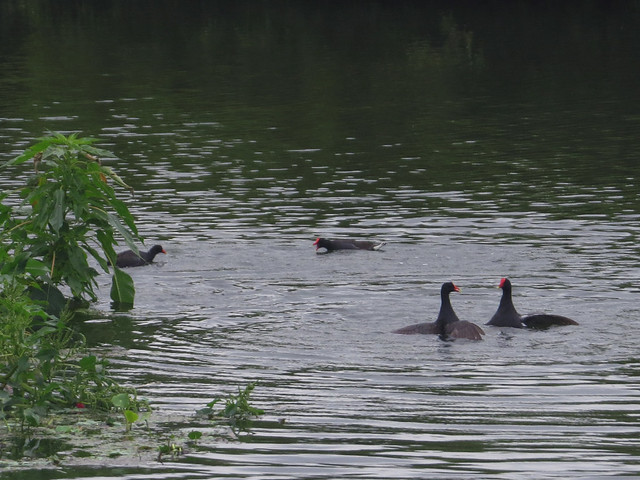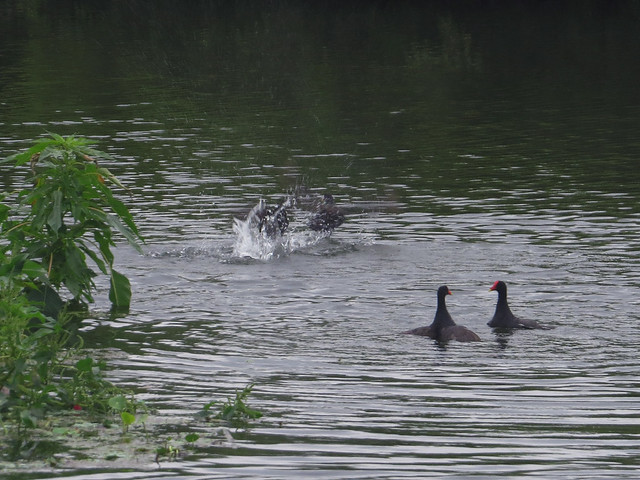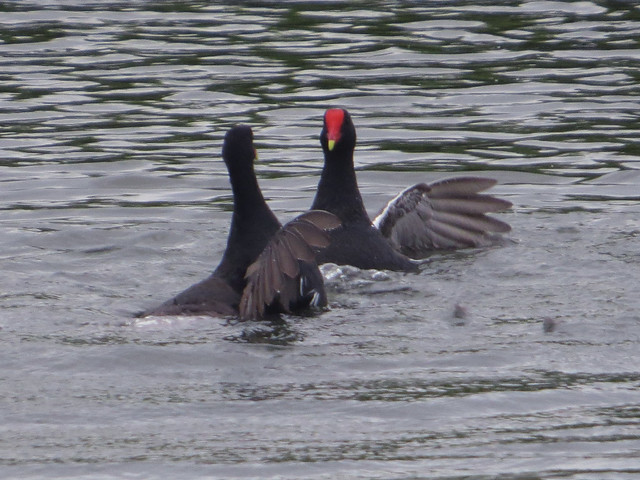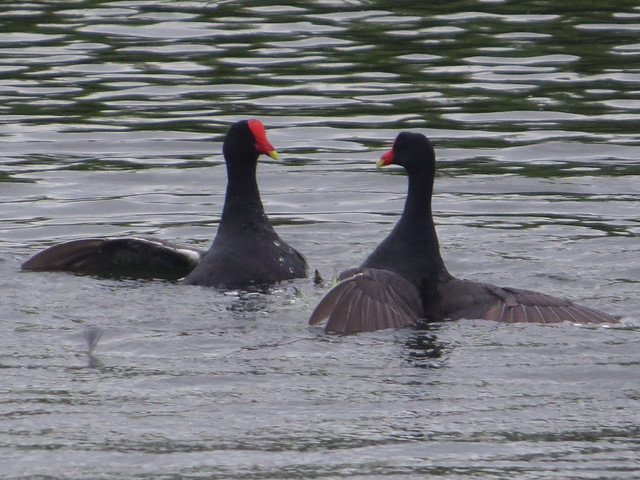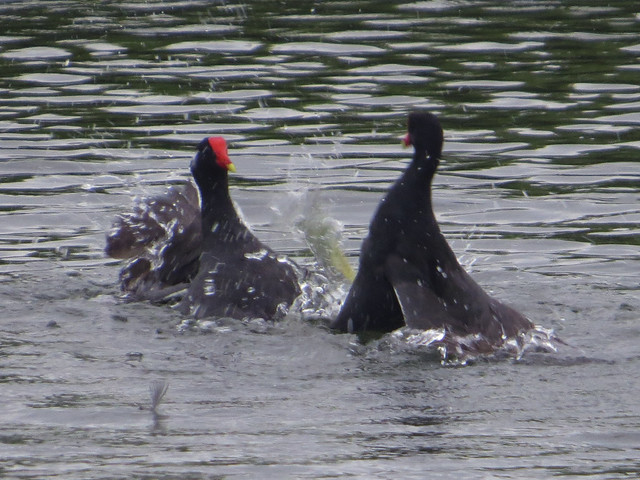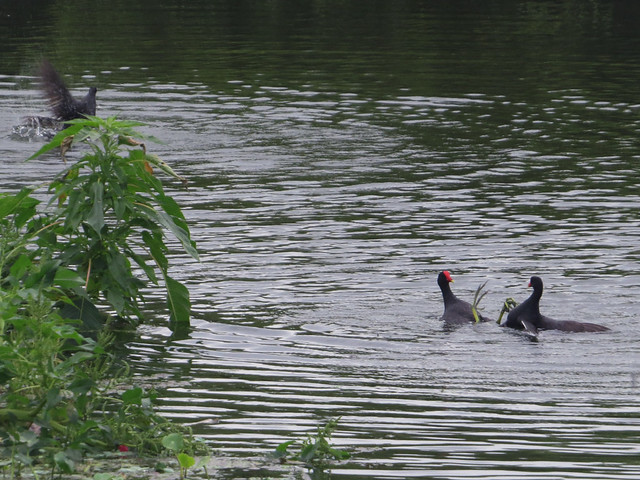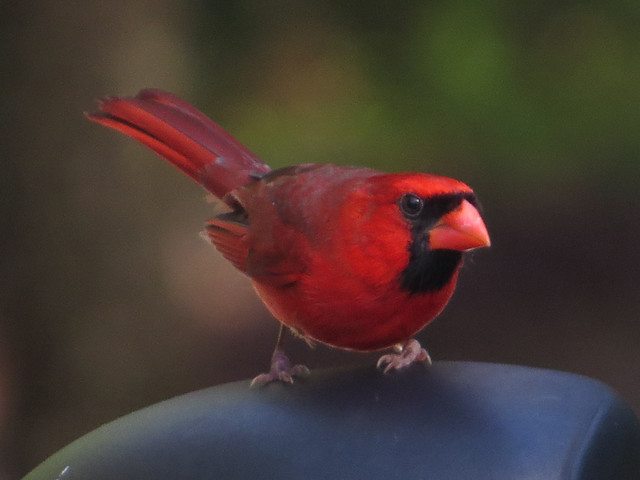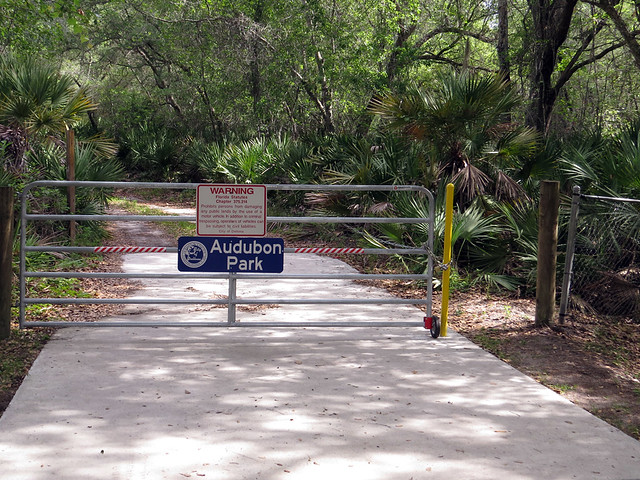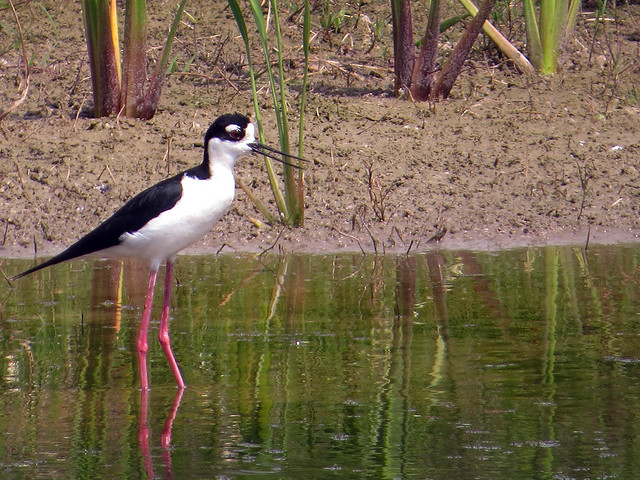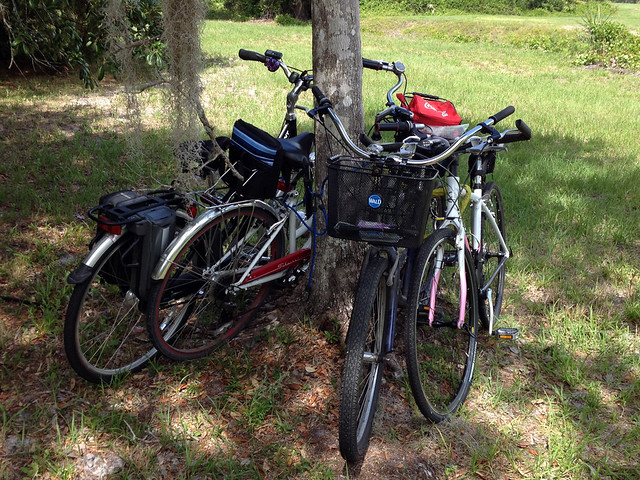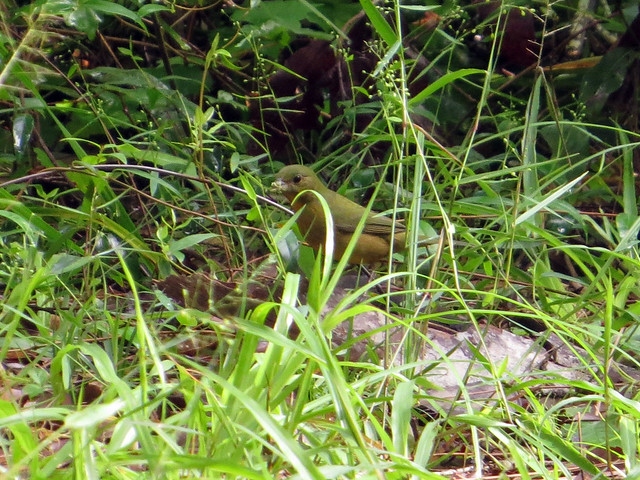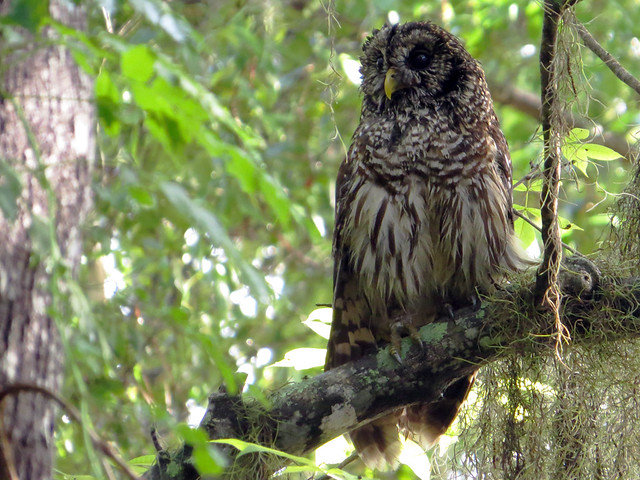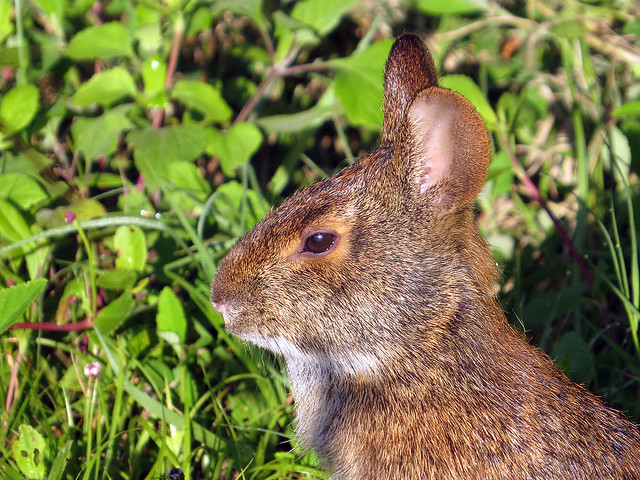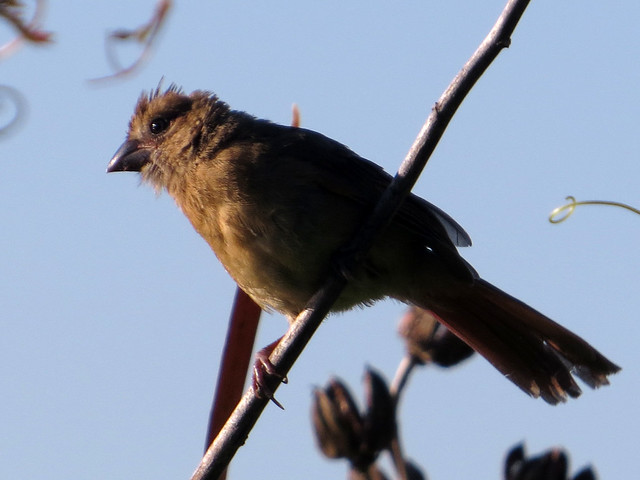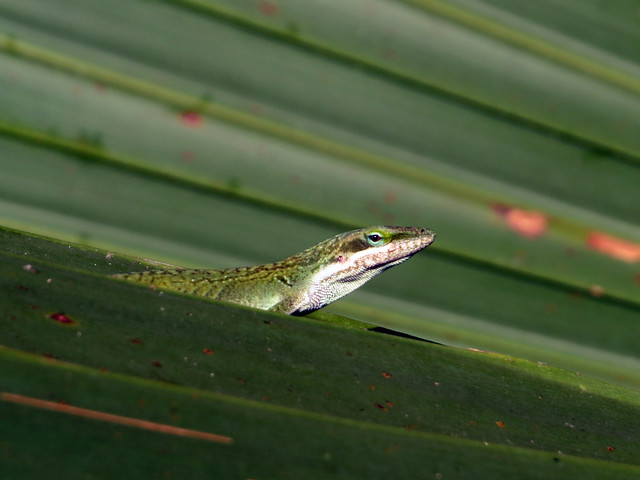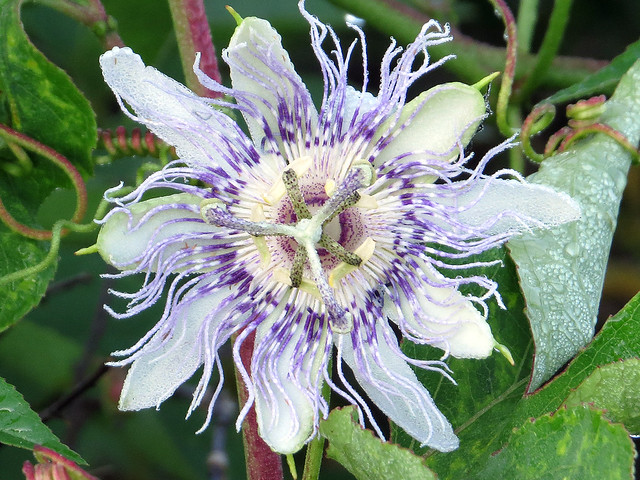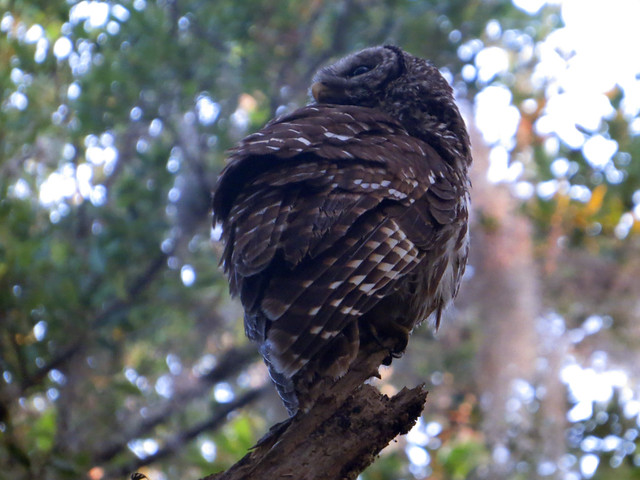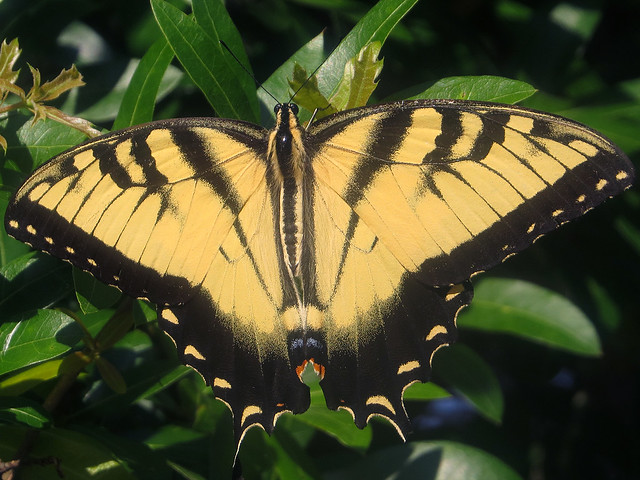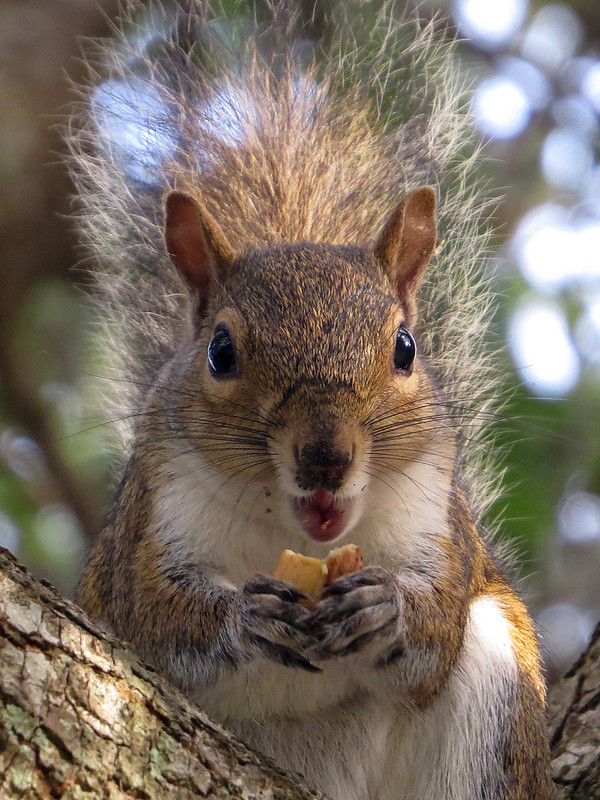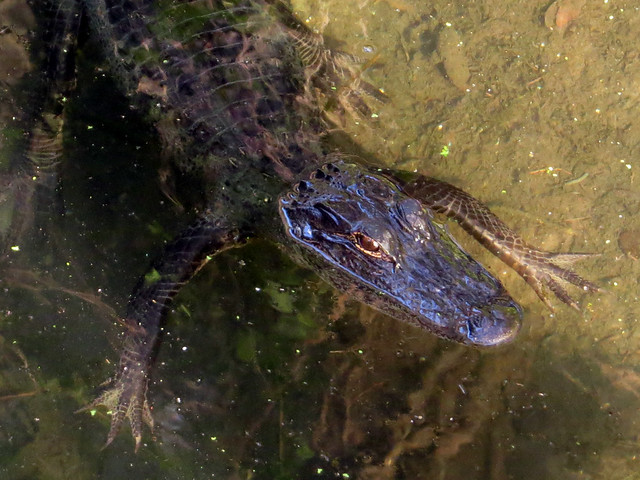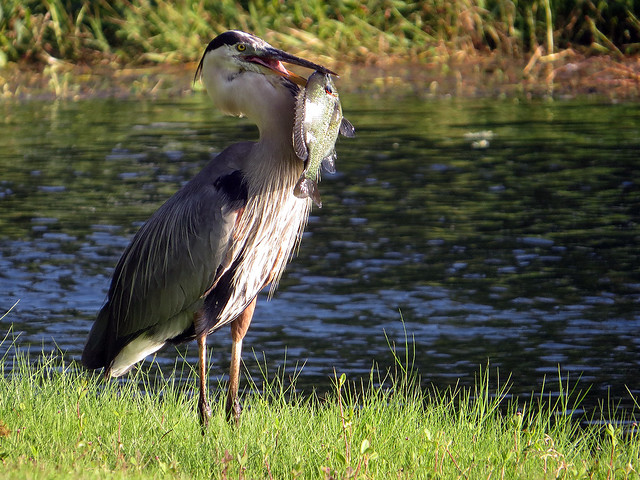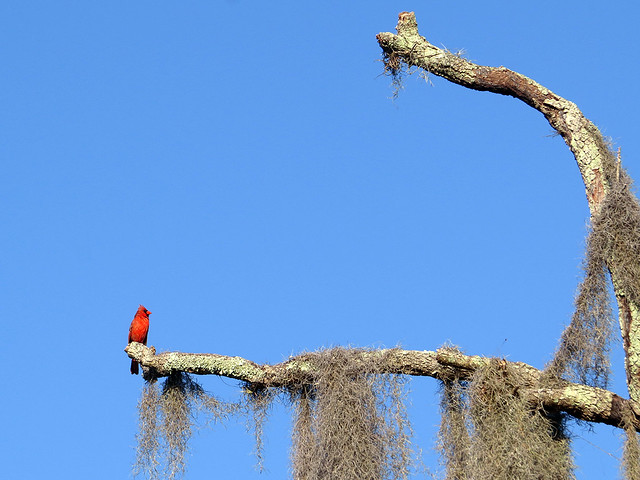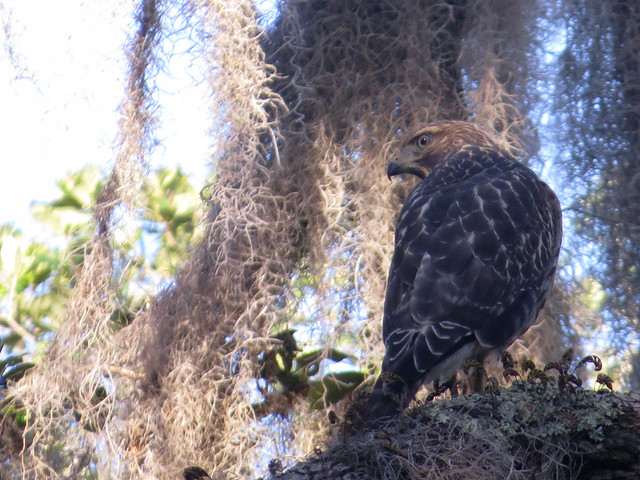Here are the highs and lows revealed in last month’s Statcounter logs for my little birding blog…
Some righteous dude or dudette searched for bigby birding rules. Yes it does. Rock on.
Someone wondered, are there hummingbireds in cook county Illinios? I love the chance to plug me a little eBird. Yes, there are hummingbirds in Cook County, IL.
And then someone else wanted to know do northern saw-whet owls live in Chicago to which I say: eBird has the answer. Unless you were wondering about non-releaseable education birds. I only know of one, Boopie.
To the folks looking for a brownish duck with red beak and a duck with red beak, I’m hoping you found what you were looking for. My best guess would be Black-bellied Whistling Duck if your search was anywhere near Florida USA.
Someone wanted to know: do american goldfinches remember things? What a wonderful thing to wonder. 🙂
Someone searched for field museum free admission bring bird… does that mean raptor handlers get in for free? Sweet.
To the person searching for Gardening robins nest in our arborvites, should we remove it?: NO
To the person wondering American robin chicks affect of taking picture, Cornell’s NestWatch site is a wonderful resource for information on nest monitoring. Read the educational materials and take the online certification to become a nest monitor and share your data with ornithologists.
Two searches that made me giggle: what is a wood duck afraid of? and duck imprinting on high school student.
That last one seems oddly specific so it struck me as funny, but in reality a bird imprinting on a person is a serious matter. It is illegal to take a wild bird and keep it. It is nesting season now and I was extremely disturbed to find this search in my Statcounter: what to feed a baby bard owl. Two days later from the same IP address came the following search: how often do you feed a baby barred owl. An IP lookup tells me the search came from Cedar Rapids, Iowa. Dear person who is caring for a baby Barred Owl in Cedar Rapids: Please get your bird to a licensed bird rehabilitation center as soon as possible. If your bird has become imprinted it cannot be released into the wild as it would never be able to fend for itself. Licensed rehabbers can properly care for injured or abandoned wild birds, and can facilitate nest replacement if feasible. No one can raise a bird better than its own parent. Please don’t keep the owl. Thank you.
Share the birds, share the love!
